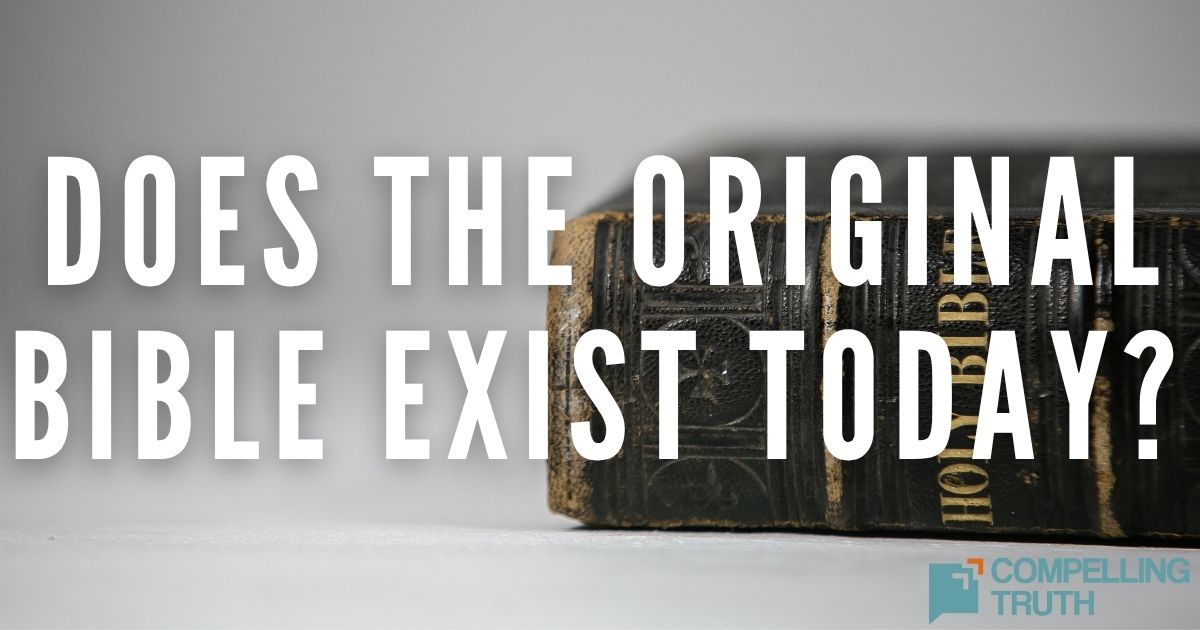The Peshitta is an early Aramaic translation of the Bible that is highly valued by Syriac churches, though it is not considered original Scripture. While Aramaic was widely spoken in the Middle and Near Eastern regions during and around Jesus’ time, the New Testament was originally written in Greek, and the earliest Peshitta manuscripts date from the AD 400s. Some traditions, such as the Assyrian Church of the East, claim the Peshitta reflects the original New Testament writings, but most scholars reject this, noting that later Aramaic usage and translation choices obscure certain metaphors and nuances present in the original texts.
The Old and New Testaments emphasize that God’s Word is divinely preserved, perfect, and authoritative (Psalm 12:6-7; Proverbs 30:5; Deuteronomy 4:2; 2 Timothy 3:16-17). While the Peshitta can provide valuable accessibility and insight, it cannot replace the original Hebrew and Greek Scriptures. Further, today’s translations are far more accurate due to an increase in scholarship over time.
Aramaic was the prevailing spoken language in the Middle and Near Eastern regions of the world directly before, during, and after Jesus' time on earth. Scholars agree that the New Testament was originally written in Greek. The Peshitta was an important early translation of the Bible.
Some, such as the Assyrian Church of the East, believe that earlier Peshitta manuscripts were translated into Greek to form the New Testament. The Peshitta, they say, reflects the original New Testament writings. Most scholars dismiss such a claim. Of note is that the Peshitta does not relate certain metaphors and word nuances, a common challenge in translations but not original autographs. Additionally, the form of Aramaic used in the writings is of a much later form than the Aramaic language spoken in the first century. In fact, the earliest Peshitta manuscripts date from the AD 400s.
Understanding the history and limitations of translations like the Peshitta reminds us to value the careful preservation of God’s Word while also recognizing the importance of returning to the original languages and context whenever possible. Faithful translations are important because they give us assurance that the truths of God’s Word are accurately communicated to us. God’s Word guides, corrects, and teaches us who God is and His plan for humanity (2 Timothy 3:16-17).




